A sequel to a hit film can offer a way for audiences to return to a world they know and love, safe in the embrace of what came before. It can also be a way for filmmakers to challenge audiences and take them on a wholly new and unexpected adventure, for better or worse. Here are 10 sequels that took enormous risks- starting with a modern classic. (Spoilers ahead!)
James Mangold’s “Logan” (2017) dared to try something new for the long running, and generally child friendly, X-Men film series. It was extremely violent (and rated R!), genuinely sad, and featured the fan favorite Wolverine going to emotional and physical lengths that we had never seen from the character on screen. These risks ultimately paid off greatly, with the film being among the most critically acclaimed superhero films of all time and even earning an Oscar nomination.
“Alien 3” (1992)
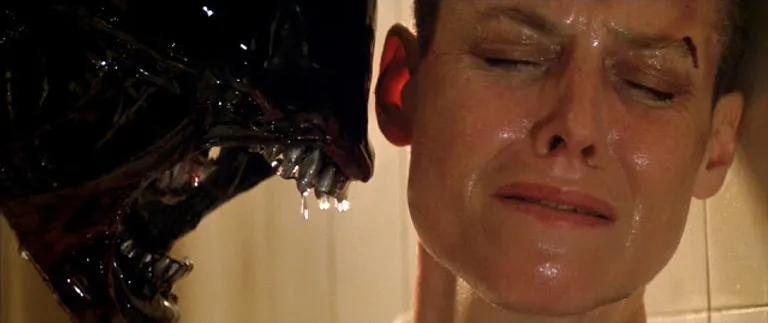
David Fincher’s “Alien 3” opens with one of the most shocking and cynical turns in blockbuster sequel history.
After spending the whole of the preceding “Aliens” fighting to save little girl Newt’s life, and succeeding, series hero Ripley awakens from hypersleep on a new planet- and Newt is dead. As is her love interest, and only other human survivor, Corporal Hicks. Both of these characters were fan favorites and killing them off immediately proved to be a controversial choice, leading to the mixed feelings fans have about “Alien 3′ to this day.
“Halloween 3: Season of The Witch” (1982)

For the third film in the “Halloween” franchise director and writer Tommy Lee Wallace tried to do something truly different.
Wallace decided to eject series boogieman Michael Myers in favor of a truly crazy story about evil druids with a plan to use a rock from Stonehenge make evil halloween masks. Though it has become a cult classic in the years since, it was met with bewilderment upon release and Michael was brought back promptly for “Halloween 4.”
“Exorcist 2: The Heretic” (1977)
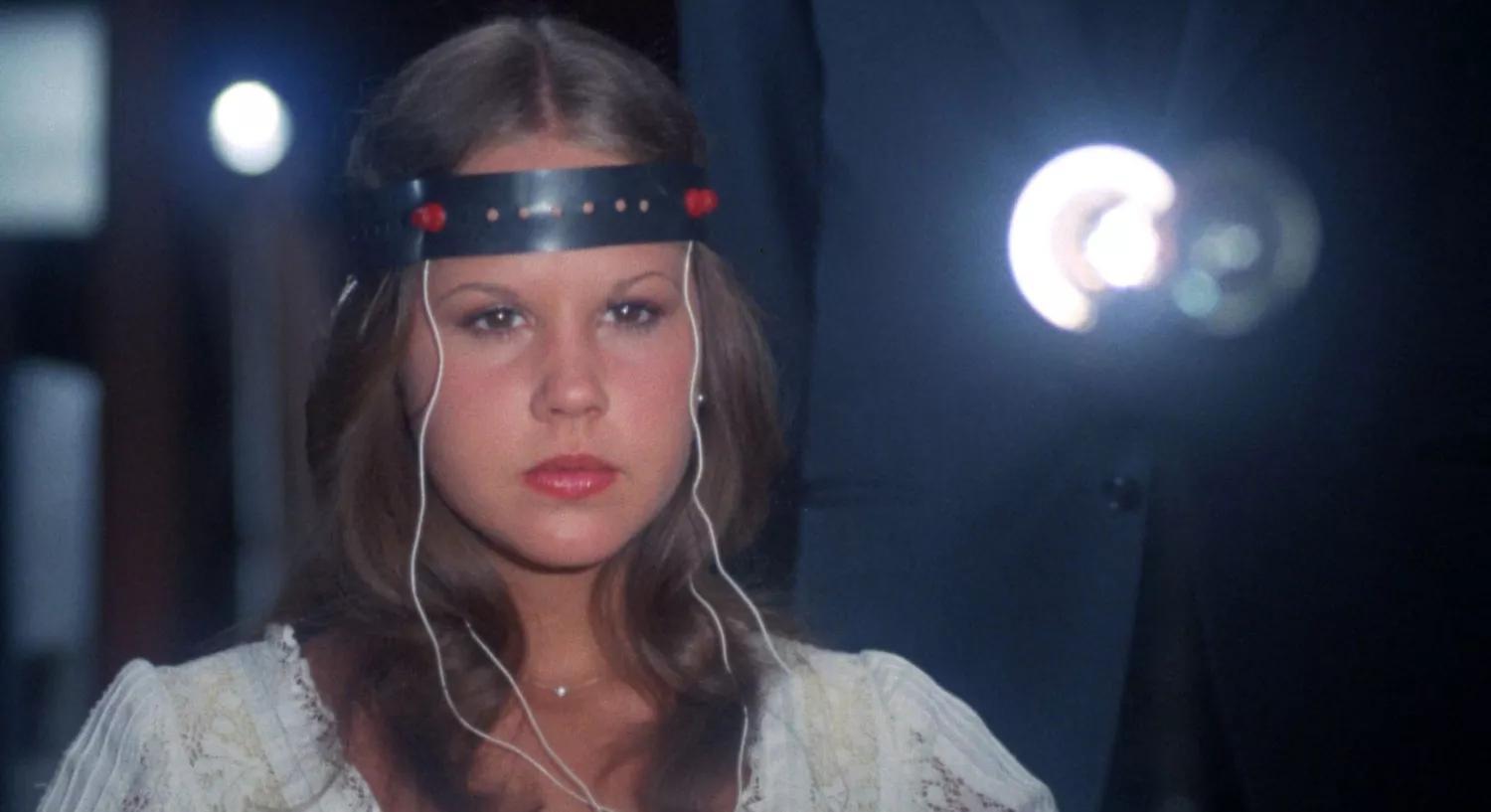
John Boorman’s “Exorcist 2: The Heretic” is a truly baffling film.
It has more footage of locusts flying around than a nature documentary, spends a majority of its run time watching children in glass cages staring at each other, and worst of all contains nothing even remotely frightening. As a film on its own it is weird and dull, as a sequel to “The Exorcist” it is unforgivable.
“Wes Craven’s New Nightmare” (1994)
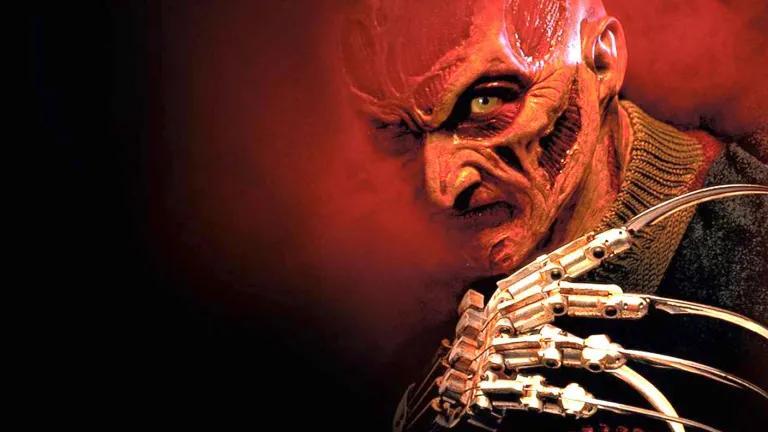
“Wes Craven’s New Nightmare” marked the return of the titular horror master to the franchise he created with “A Nightmare on Elm Street.” This time, however, he was thinking decidedly outside the box.
In the first of many “meta” turns for Craven, “New Nightmare” takes place during the filming of an “Elm Street” sequel, and features the cast from the original film slowly realizing that Freddy Kreuger is a real creature and is just as dangerous as he is portrayed in the films. This film serves as something of a precursor to Craven’s meta-horror masterpiece “Scream” and is well worth a watch.
Batman Returns (1992)
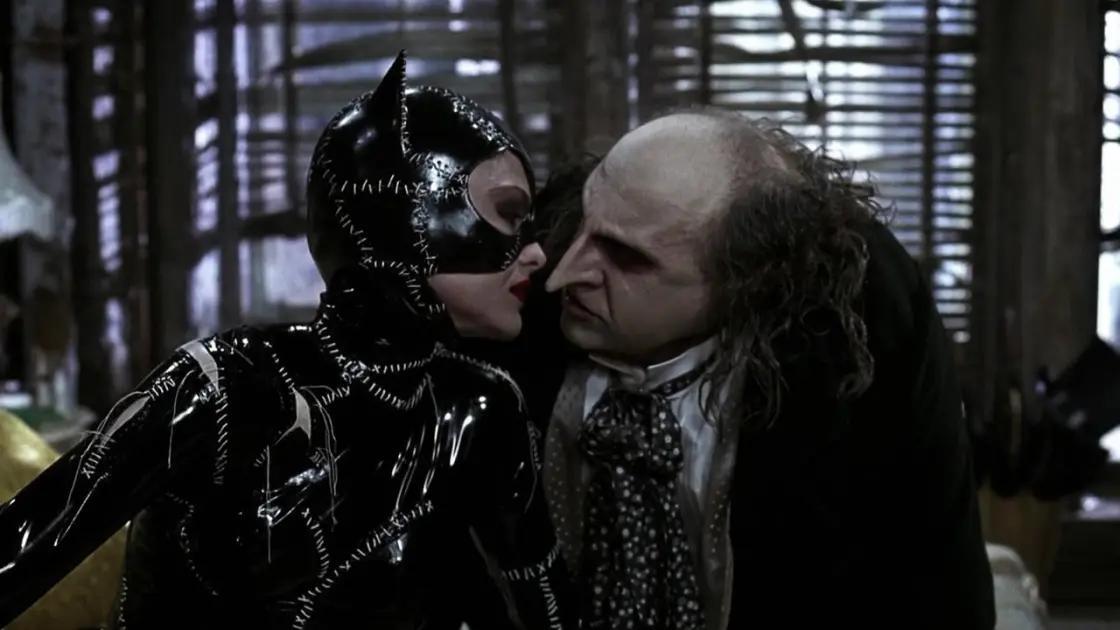
Director Tim Burton tried something with the sequel to his first Batman film that feels risky even today- he made a Batman film that was hardly about Batman.
It is clear from the start of “Batman Returns” that Burton is much more interested in the film’s villains, Catwoman and The Penguin, than in the titular hero. They get significantly more screen time right off the bat (heh) than the caped crusader does, and in The Penguin he finds the sort of tragic weirdo character that so many of his other films focus on. The fact that this remains one of the best Batman films speaks to Burton’s skill as a filmmaker and in the blessings of taking filmic risks in even the most established fictional worlds.
Toy Story 3 (2010)
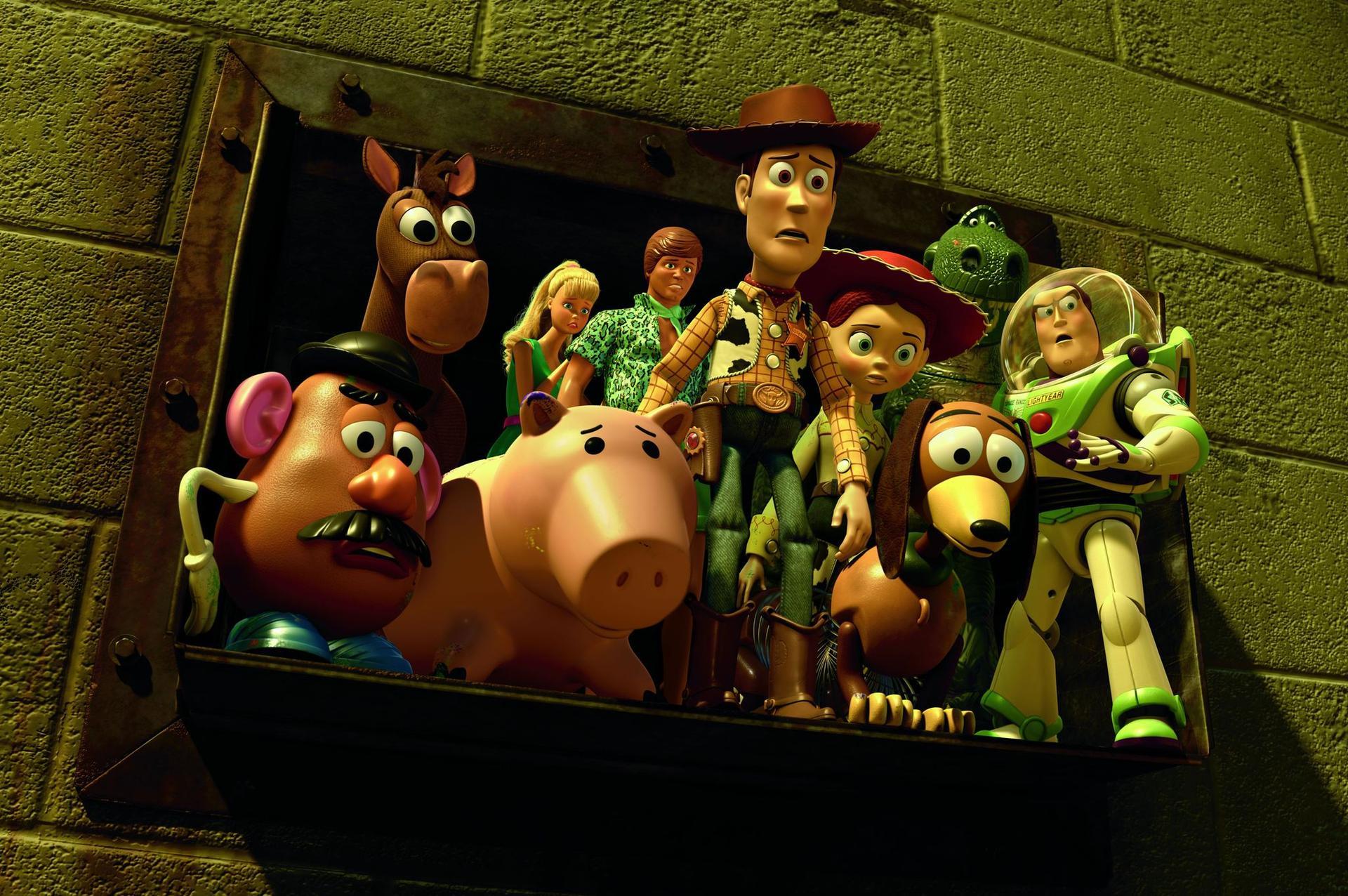
“Toy Story 3” (2010-directed by Lee Unkrich) might not be the craziest sequel ever, it is still very much a family friendly Pixar film for most of its run time, but then you get to the climax.
In a moment you’d never expect from a children’s film we witness all of our toy heroes hold hands and grimly accept their own demise at the hands of a trash incinerator. This moment of profound sadness more than qualifies this as a risky sequel- and one that is all the more memorable and affecting for it.
“Babe: Pig In the City” (1998)
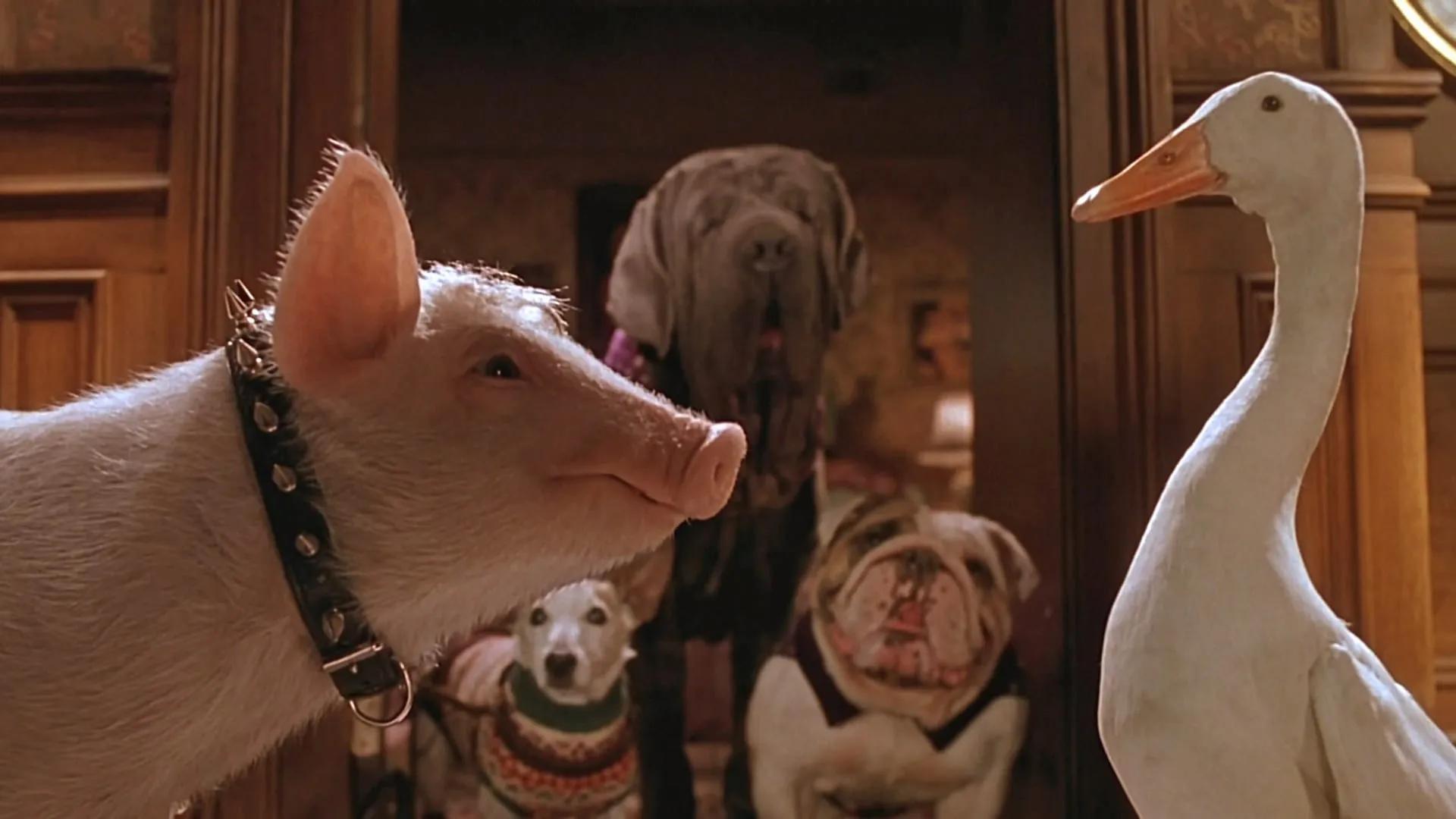
1995’s “Babe” is a modern family classic. It as was nominated for multiple Oscars and holds a place in the heart of many as a beautiful and meaningful film. The sequel is…something else entirely.
George Miller, upgraded to director after writing the original, wanted to try something very different with “Babe: Pig In the City.” Trading the comforts of the farm for the dark dangers of a sprawling metropolis, this sequel features a wide assortment of talking animals getting into very dangerous situations, as well as some downright upsetting human characters (Mickey Rooney as Fugly Floom the clown comes to mind). While not nearly as sweet as the original film “Babe: Pig In The City” hold some startlingly original pleasures all its own, and will delight anyone who goes into it with an open mind.
“Gremlins 2: The New Batch” (1990)
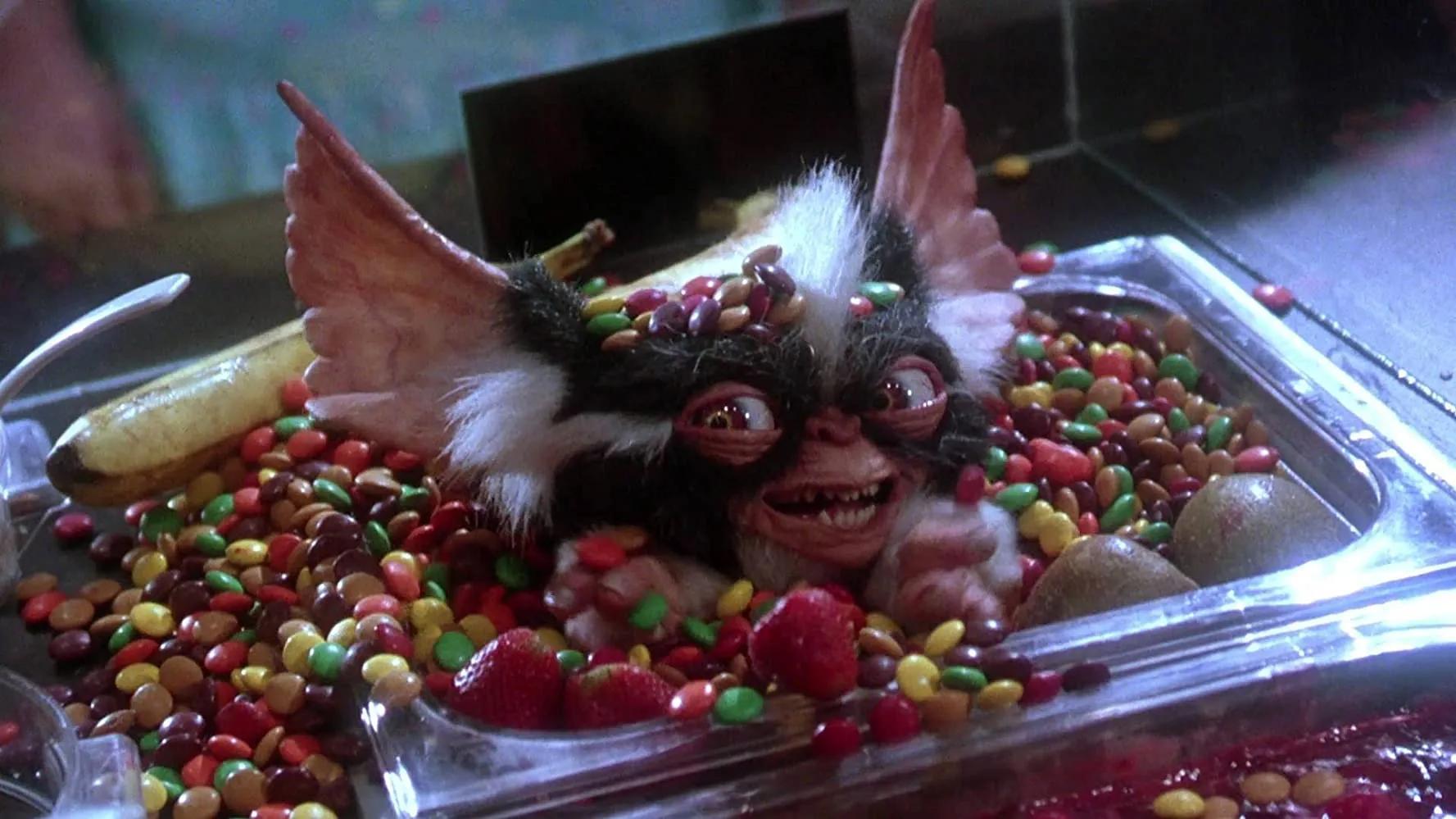
Joe Dante’s sequel to his smash hit “Gremlins” is a truly off the wall film. Taking what was already fun and nasty about the original and dialing the looniness up significantly, he created one of the most celebrated cult hits of the 90s- that was entirely misunderstood upon release.
Dante’s vision for “The New Batch” was both to celebrate the original film, expand on it (so many new gremlins!) and, controversially, to mock it. The fourth wall is broken, Pheobe Cate’s iconic Santa monologue from the original is parodied, and beloved icon Gizmo is even tortured! Dante was on a different level with this film and audiences have only recently become calibrated to its specific zany pleasures. Never has a film more resembled a feature length “Looney Tunes” short- yes even the films starring the looney tunes.
“The Matrix Resurrections” (2021)

The prospect of making a fourth film in the “Matrix” franchise nearly 20 years after the third film was always going to be risky. Creator Lana Wachowski, directing without her sister for the first time, met these risks head on and crafted a film that managed to be both a celebration and a reframing of the first three films.
Upon release fan reaction to “The Matrix Resurrections” was divided. Many praised the story and the heart on your sleeve emotions of the film, while others complained about the downgrade in quality of the film’s action sequences. One gets the sense that Wachowski both anticipated and invited these reactions- she made no secret of the fact that she aimed to take the series back from what she saw as the right wing co-opting of its themes. The Matrix films, Wachowski argues via “Resurrections,” are ultimately films about love. Love for the person you truly are, and love for those that help you discover them.

